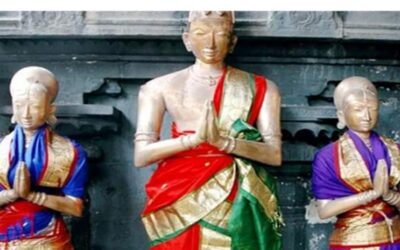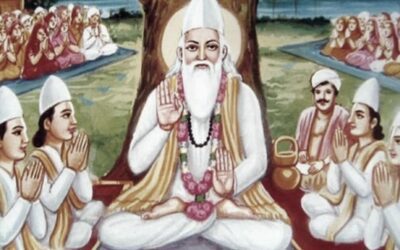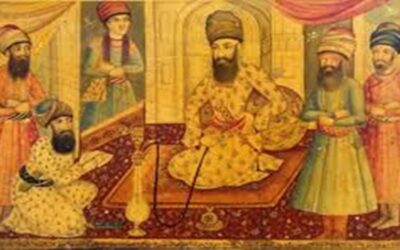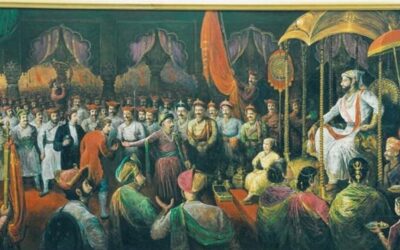Medieval Indian History
- The Delhi Sultanate
- Vijayanagara Empire
- Kabir, Nanak and Meerabai –Sufism
- Rajaputs
- The Mughal Dynasty
- The Marathas
- The Advent of Europeans
Art and Architecture of the Delhi Sultanate Era
The Delhi Sultanate period (13th–16th century) stands as one of the most fascinating epochs in the history of Indian architecture. This era marked a transformation in India’s architectural landscape, blending Islamic styles with indigenous Indian elements. In this blog, we’ll delve into the architectural masterpieces of the Delhi Sultanate, explore its distinctive features, and understand its cultural significance.
Life and Achievements of Krishnadevaraya
The reign of Sri Krishnadevaraya, marked by unparalleled achievements, stands as a crowning era in the history of the Vijayanagar Empire. Known as Kannada Rajya Rama Ramana , Moorurayaraganda , and Andhra Bhoja , his legacy remains a beacon of prosperity, military prowess and cultural renaissance.
Life & Teachings of Kabeer
Kabir’s birth is wrapped in mystery, with many legends surrounding his origins. Historical records suggest he was born in 1440 A.D. in Benares (now Varanasi). One legend recounts that his widowed Brahmin mother, fearing societal dishonor, abandoned him near a tank in the holy city. Miraculously, the infant survived, nourished by honey droplets falling from a nearby tree.
Cultural Contributions of Rajputs
The Rajputs were not just warriors and rulers; they were connoisseurs of art and architecture. Their contributions to India’s cultural heritage are remarkable, with their architecture reflecting a blend of indigenous traditions and external influences, primarily Mughal and Islamic styles. This synthesis resulted in a distinctive architectural style that remains unparalleled in its beauty and ingenuity.
Religious Policy of Akbar
Akbar, one of India’s greatest rulers, was known for his broadmindedness and visionary outlook. From his early years, he was influenced by liberal thinkers, such as his regent Bairam Khan, a Shia liberal Muslim. Akbar’s exposure to diverse scholars, religious ideologies, and his own innate curiosity led him to envision a synthesis of all religions. His revolutionary idea culminated in the founding of Din-i-Ilahi in 1582, a religion that sought to combine the best aspects of all faiths. Importantly, Akbar never imposed his beliefs on his subjects, reflecting his unparalleled tolerance and respect for diversity.
Shivaji and his Administration
Shivaji Maharaj, a visionary leader and founder of the Maratha Empire, was renowned for his effective governance, military strategy, and administrative reforms. Rising as a strong warrior who challenged Mughal dominance and other adversaries like Afzal Khan and Aurangzeb, Shivaji established an empire characterized by an efficient and disciplined administration.
The Carnatic Wars: A Defining Chapter in India’s Colonial History
The Carnatic Wars were a series of military conflicts in the 18th century fought in the Carnatic region, a dependency of the Hyderabad State in India. These wars not only shaped the colonial trajectory of India but also marked the decline of French ambitions and the rise of British dominance on the subcontinent. Here’s a deep dive into the events, causes, and outcomes of these pivotal conflicts.







